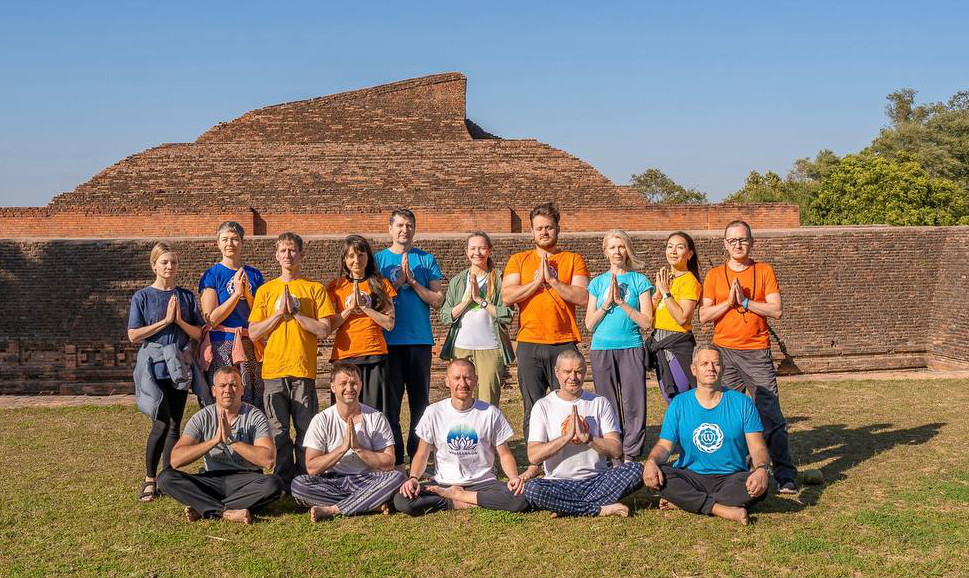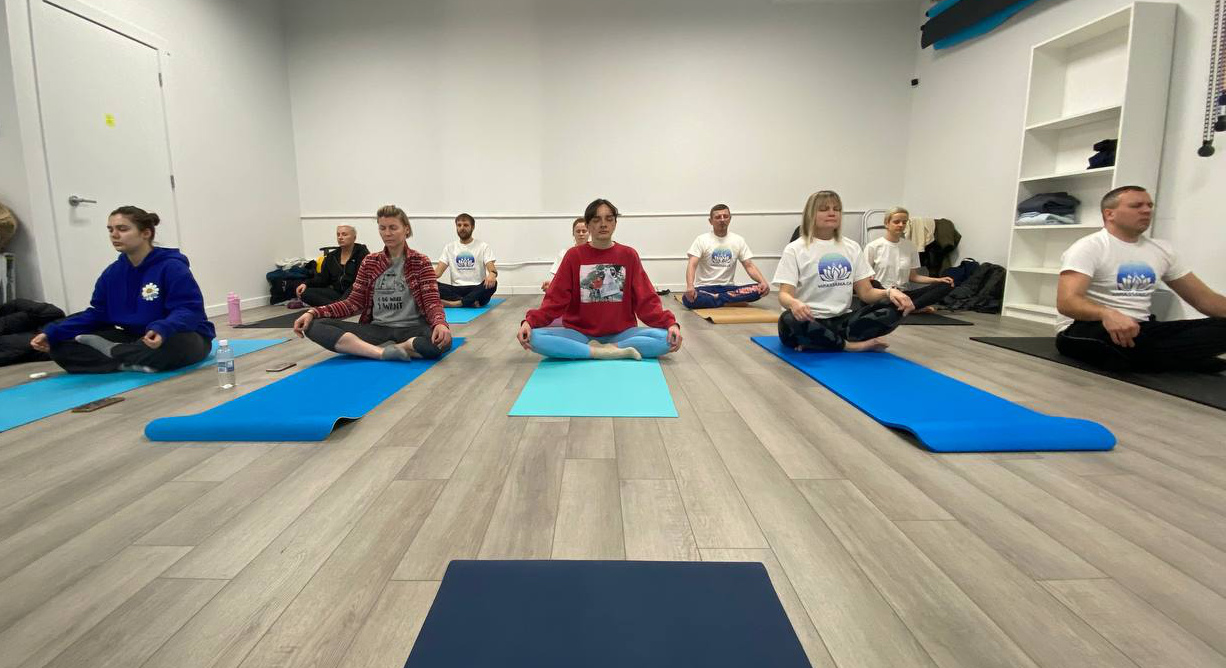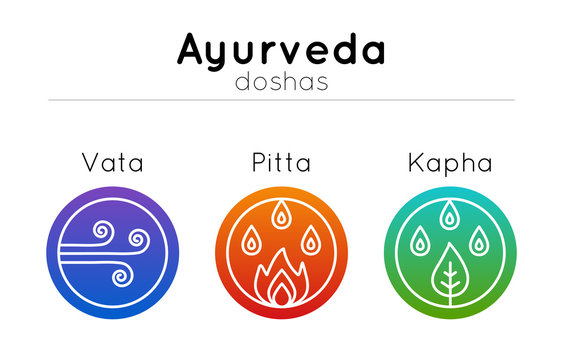Vipassana meditation is an ancient practice that involves observing your thoughts and sensations to develop self-awareness and mental clarity. This article outlines what Vipassana meditation is, its key principles, its history, and its benefits.
Key Takeaways
- Vipassana meditation, meaning ‘insight’ in Pali, emphasizes self-awareness and ethical living through mindfulness and observation of thoughts and sensations.
- The practice adheres to ethical guidelines known as the Five Precepts, which promote moral conduct essential for mental clarity and personal growth.
- Regular practice of Vipassana meditation enhances mental wellness, reduces anxiety and stress, and fosters cognitive flexibility, allowing individuals to respond more effectively to life’s challenges.
Understanding Vipassana Meditation
Vipassana meditation, often referred to as ‘insight meditation,’ is a powerful technique that cultivates self-awareness and clarity of mind. Rooted in the ancient teachings of the Buddha, this practice emphasizes mindfulness and ethical living, creating a foundation for personal growth and mental clarity. The practice involves observing one’s thoughts, feelings, and sensations without judgment, fostering a deep understanding of oneself and the nature of reality through Buddhist meditation.
Grasping the essence of Vipassana involves exploring its definition and historical background. This understanding provides a solid foundation to learn the basics for anyone interested in practicing this profound meditation technique.
Definition of Vipassana
Vipassana meaning ‘insight’ or ‘clear seeing’ in the Pali language, signifies an intuitive understanding that arises from self-awareness and mindfulness. This form of meditation allows practitioners to see things as they truly are, leading to a deeper comprehension of mental and physical processes.
Practicing Vipassana meditation helps individuals observe their inner world with clarity and equanimity, fostering a profound sense of insight and awareness.
Historical Background
Vipassana meditation is one of the oldest ancient techniques, tracing its origins back to the teachings of the Buddha over 2,500 years ago. Initially taught to 60 of his disciples, the technique spread across northern India and later gained prominence through the efforts of Emperor Ashoka, who adopted Vipassana after witnessing the horrors of war.
The early 20th century saw a revival of Vipassana meditation led by Venerable Mahasi Sayadaw, ensuring its preservation and dissemination to modern practitioners.
Core Principles of Vipassana Meditation
The core principles of Vipassana meditation revolve around mindfulness, ethical conduct, and self-observation. This ancient practice, originally taught by the Buddha, focuses on alleviating suffering by promoting a deep understanding of one’s thoughts and feelings without judgment. The foundation of Vipassana is Sīla, or moral conduct, which supports mental clarity and personal growth.
Adhering to these principles allows practitioners to gain deep insights into their true nature and the transient nature of experiences. The following explores the Five Precepts and the importance of Sīla, the bedrock of Vipassana meditation.
The Five Precepts
Practitioners of Vipassana adhere to the Five Precepts, which guide ethical behavior and promote mental clarity. These precepts require individuals to refrain from killing, stealing, sexual misconduct, lying, and using intoxicants. Committing to these ethical guidelines creates a conducive environment for meditation, enabling a deeper understanding of one’s thoughts and sensations.
Importance of SILA
Sila, or ethical conduct, is fundamental to Vipassana meditation, providing a foundation for personal development and mental clarity. Following the Five Precepts cultivates a harmonious mental state conducive to deepening awareness and concentration.
This ethical discipline enhances compassion, discipline, and positive social interactions, which are essential for successful meditation practice.
How to Practice Vipassana Meditation
Practicing Vipassana meditation involves a series of steps designed to cultivate mindfulness and insight. The meditation practice encourages continuous mindfulness throughout the day, allowing practitioners to maintain awareness in all aspects of life, including mundane activities. This section provides a comprehensive guide on how to set up your space, maintain proper sitting posture, and focus on your breath during meditation sessions.
These steps help create a conducive environment for meditation, enhancing the ability to observe thoughts and sensations with clarity and calmness.
Setting Up Your Space
Creating a calming space with minimal distractions is crucial for effective meditation. Before starting, it’s essential to reduce distractions and commitments in your daily life to ensure a quiet place for a peaceful meditation environment.
This preparation allows practitioners to focus fully on their meditation practice, fostering a deeper sense of mindfulness and awareness.
Sitting Posture and Comfort
Maintaining a comfortable sitting posture is vital for achieving peace of mind during meditation. Sitting quietly with legs crossed and using cushions can help maintain comfort during extended periods of sitting. Ensuring proper attire and bringing necessary personal items for comfort can also alleviate discomfort experienced during meditation sessions.
Adjusting one’s posture gently during meditation can help alleviate discomfort without disrupting the session. Addressing physical discomfort mindfully allows practitioners to focus more effectively on their meditation practice, maintaining a state of equanimity and clarity.
Focusing on Breath
Focusing on the breath is a fundamental aspect of Vipassana meditation. During Anapana practice, practitioners should breathe naturally without forcing or altering the breath, fostering a calm and centered state. Breathing becomes a way to become aware of the sensations in the abdomen as it rises and falls with each breath, helping develop mindfulness and concentration.
If distractions arise, practitioners should note the object clearly and return their focus to the breath. This practice helps in maintaining a continuous awareness of the present moment, enhancing the overall effectiveness of the meditation session.
Developing Insight Through Observation
Vipassana meditation aims to cultivate mindfulness and insight into the nature of reality. By emphasizing self-purification through self-observation, practitioners can experience the impermanence and suffering inherent in life. This section explores how Vipassana develops insight through observing thoughts, emotions, and physical sensations.
Engaging fully in the practice teaches participants learn to observe their direct experience with deep awareness and clarity, fostering a profound understanding of their true nature as a teacher.
Observing Thoughts and Emotions
Practicing Vipassana allows individuals to acknowledge that thoughts and emotions are transient, teaching non-attachment. Acknowledging thoughts and emotions as they arise enhances clarity and calmness in the inner world. Recognizing that mind wandering is natural, the key is to observe this wandering without judgment and guide focus back to the present moment.
This practice promotes awareness and acceptance of one’s thoughts and feelings, which can significantly alleviate anxiety and enhance overall mental wellness.
Noting Physical Sensations
Vipassana meditation encourages practitioners to recognize physical sensations without judgment, fostering an understanding of their impermanence. Focusing on bodies sensations and observing them without attachment enables practitioners to develop a clearer perception of the transient nature of experiences and feel the depth of their awareness.
This practice enhances mindfulness and deepens insight into the mind and body connection.
Benefits of Practicing Vipassana Meditation
Regular practice of Vipassana meditation offers numerous benefits, including enhanced mental and emotional health, greater self-awareness, and overall well-being. The benefit of fostering mindfulness and presence significantly reduces stress and anxiety, improving emotional regulation and cognitive flexibility.
This section delves into the specific benefits of Vipassana, including reducing anxiety and stress, enhancing mental wellness, and promoting brain flexibility. The cumulative effects of Vipassana practice create a positive cycle of mental wellness, allowing individuals to respond to life’s challenges with greater composure and adaptability.
Reducing Anxiety and Stress
Regular Vipassana practice is linked to increased self-acceptance and a more balanced outlook on life, contributing to overall happiness. Encouraging mindfulness and presence makes individuals more aware of their thoughts and emotions, reducing their reactions to anxiety and stress, and enhancing their self-control.
This practice promotes a calmer mind and more peace, enhancing overall mental well-being.
Enhancing Mental Wellness
Engaging in Vipassana meditation can lead to improved self-esteem and greater cognitive clarity. Fully engaging in each task allows practitioners to experience greater enjoyment and presence in daily life. The cumulative effects of Vipassana practice foster a positive cycle of mental wellness, enhancing emotional balance and overall well-being.
Promoting Brain Flexibility
Vipassana meditation encourages a deep exploration of the mind, leading to increased cognitive flexibility as practitioners learn to observe their thoughts without attachment. Through regular practice, individuals develop the ability to quickly adapt their thinking patterns and responses to various situations, reflecting enhanced cognitive flexibility.
This practice not only calms the mind but also improves concentration and focus through training over time.
Integrating Vipassana Into Daily Life
Incorporating Vipassana meditation into daily life can lead to lower levels of stress and enhanced mindfulness. Applying Vipassana principles helps individuals achieve greater peace in their daily interactions and a deeper connection to the present moment. This section explores how to integrate Vipassana into daily routines and the concept of selfless service (Dhamma work).
Practicing mindfulness during difficult moments can enhance overall meditation practice, fostering a sense of presence and reducing distractions.
Mindful Daily Activities
Maintaining mindfulness during daily activities can significantly enhance overall awareness and presence in the moment. Giving full attention to daily tasks and frequently checking in with the breath or bodily sensations helps practitioners stay mindful throughout the day. This practice leads to improved self-esteem and emotional balance, fostering overall well-being.
Selfless Service (Dhamma Work)
Selfless service, or Dhamma work, is an essential aspect of Vipassana meditation that fosters community and spiritual growth. Practitioners contribute to the costs of courses and centers by donating towards expenses, facilitating the sustainability of the community.
Through selfless service, individuals enhance their spiritual growth and strengthen their connections within the community of practitioners, which ultimately enriches the lives of all involved.
Vipassana Retreats and Courses
Vipassana retreats and courses provide an immersive environment for deepening meditation practice. A standard ten-day Vipassana course introduces participants to the meditation techniques in a gradual, day-by-day manner, allowing for a comprehensive understanding and application of the practices. Most courses typically start with a registration and orientation period, followed by a structured schedule that includes multiple meditation sessions interspersed with breaks for meals.
Understanding the structure and preparation required for these retreats can help participants maximize the benefits of Vipassana meditation. This section explores the typical structure of a course and provides tips for preparing for a retreat.
Structure of a Vipassana Course
A Vipassana course follows a consistent daily schedule, with around eight meditation sessions totaling nearly ten hours of practice each day. These sessions vary in length, with some lasting up to one hour, providing ample opportunity for deep meditation. Participants practice noble silence, refraining from verbal communication and all forms of interaction, to maintain a focused and introspective environment.
The retreat structure includes breaks for meals and rest, allowing participants to maintain mental and physical readiness for the intensive meditation practice. Completing the entire course is encouraged to experience the full benefits of Vipassana meditation.
Preparing for a Retreat
Mental and physical preparation are crucial for entering into the deep states of meditation required in a Vipassana retreat. Practicing mindfulness in daily life before the retreat can acclimate the mind for the intensive practices encountered during the course.
Additionally, improving overall physical fitness and flexibility can enhance comfort during long hours of meditation, ensuring a more fruitful retreat experience.
Common Challenges and Solutions
Practicing Vipassana meditation can present various challenges, including distractions and physical discomfort. Mind wandering is a common experience that can distract from the practice and diminish its benefits. Additionally, physical discomfort such as pain or stiffness may arise during long meditation sessions. Understanding these challenges and learning how to address them is essential for maintaining a successful meditation practice.
This section explores common challenges and provides practical solutions to help practitioners overcome distractions and physical discomfort.
Dealing with Distractions
Mind wandering is a natural occurrence during meditation, but it can be managed effectively. Practitioners are encouraged to observe their minds and emotions as they arise without attachment or aversion, cultivating a non-judgmental awareness of mental impurities.
Focusing on the natural flow of breath can serve as an anchor for attention, helping practitioners return to the present moment when distractions arise. Addressing physical discomfort by adjusting posture or taking breaks can also mitigate distractions, enhancing the meditation experience.
Overcoming Physical Discomfort
During long meditation sessions, practitioners may encounter physical discomfort such as pain or stiffness. Mindfully observing pain can help practitioners detach from the discomfort and recognize it as a sensation rather than suffering. This transformation allows practitioners to manage their response to pain, reducing its impact on their overall meditation experience.
Encouraging the practice of mindfulness can lead to a greater understanding of the impermanence of physical sensations during meditation.
Summary
Vipassana meditation offers profound benefits for mental and emotional well-being, fostering mindfulness, insight, and personal growth. By understanding its principles, practicing regularly, and integrating mindfulness into daily life, individuals can experience reduced stress, enhanced mental wellness, and greater cognitive flexibility. Vipassana retreats provide a structured environment for deepening practice, while addressing common challenges ensures a more fruitful meditation experience. Embrace the transformative power of Vipassana and embark on a journey towards inner peace and clarity.



